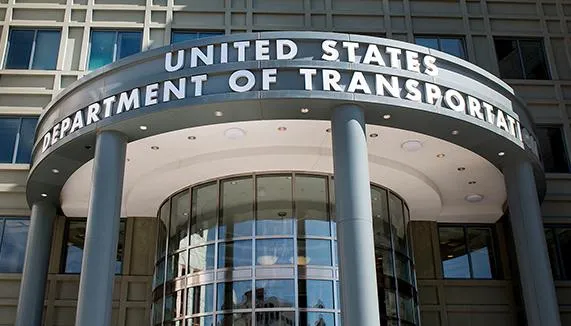Dive Brief:
- The Federal Highway Administration has disbursed a wave of grants worth $16.6 million to eight states under the Advanced Digital Construction Management Systems program, the agency announced in a Nov. 1 news release.
- The funding apparatus comes from 2021’s $1.2 trillion bipartisan Infrastructure Investment and Jobs Act and is one aspect of FHWA’s Technology and Innovation Deployment Program. Once awarded, the grants will go to private contractors through these government projects.
- Most of the projects revolve around the use of building information modeling technology, data and document tracking via software and digital delivery practices for projects, according to the FHWA. The project is oversubscribed by 80%, according to Kristin White, acting federal highway administrator.
Dive Insight:
The TIDP, which has existed since 2013, receives $550 million over five years, which comes out to $110 million annually, and funds various transportation and highway research endeavors. It was continued in 2016 and 2021 by the FAST Act and the IIJA respectively.
ADCMS, one offshoot, provides $85 million from FY 2022-2026. In 2022 and 2023, the program was able to allocate $34 million, but this year is the start of the smaller disbursement, which is capped at $17 million until the end of the funding lifecycle.
This is the second wave of grants to roll out since the program’s inception. Last year, the government disbursed a combined $34 million to 10 states.
“These projects — which range from technologies to support the workforce, improve bid accuracy, and improve the way we communicate with the public — are leading the way to modernizing transportation,” White said in the release.
The goals of the funding include an accelerated adoption of advanced digital construction management systems throughout the project lifecycle to boost productivity, the development and deployment of best practices on construction sites and increased technology adoption and deployment by states and local governments, according to the news release.
Awards include:
- New York State DOT will receive $3.4 million for its Advancing Lifecycle Management of Subsurface Roadway Asset Information project that will use building information modeling to integrate data related to the subsurface of the roadway. This will save time on design and construction timelines reducing the number of subsurface explorations.
- Ohio DOT will receive $3.29 million for its Workflows Optimization for Real-time Knowledge Sharing project that uses building information modeling in all stages of project development to create significant time savings through information-sharing.
- New Hampshire DOT will receive $3.2 million for its Using Digital Project Delivery as a Catalyst for Recruitment and Retention at NHDOT to establish digital workflows and data standards for better information management.
- New Mexico DOT will receive $1.86 million for its Advanced Digital Construction Management Systems Implementation Plan project to develop workflow and standards to enable seamless and interoperable use of data across the survey, design, construction, planning and management phases of a project.
- Maine DOT will receive $1.52 million for its Digital Results and Innovation are a GO for 2030 project to pilot the electronic delivery of projects, improve data collection and eliminate the need for paper documentation.
- Arizona DOT will receive $1.36 million for its Igniting Arizona’s Digital Delivery Revolution project to develop and pilot modern digital delivery practices on Arizona transportation projects.
- Oregon DOT will receive $1.02 million for its Item Type Library for standardized information on transportation items and features, such as guardrails, traffic barriers, signage, lighting and numerous other transportation assets to manage these throughout their lifecycle.
- Maryland State Highway Administration and Montgomery County DOT will receive $1 million for the Precise 3D Survey and Engineering of Transportation Infrastructure pilot project that will use cloud-based software to expedite project development and reduce the need for paper files.

